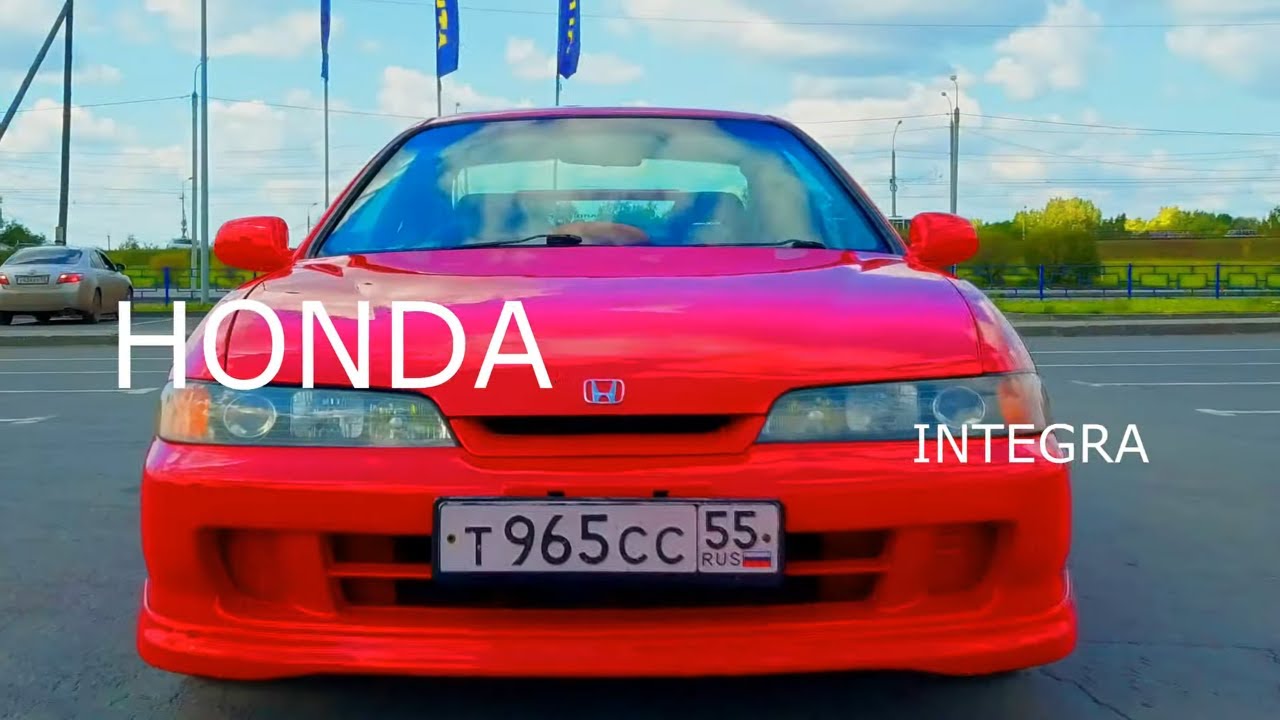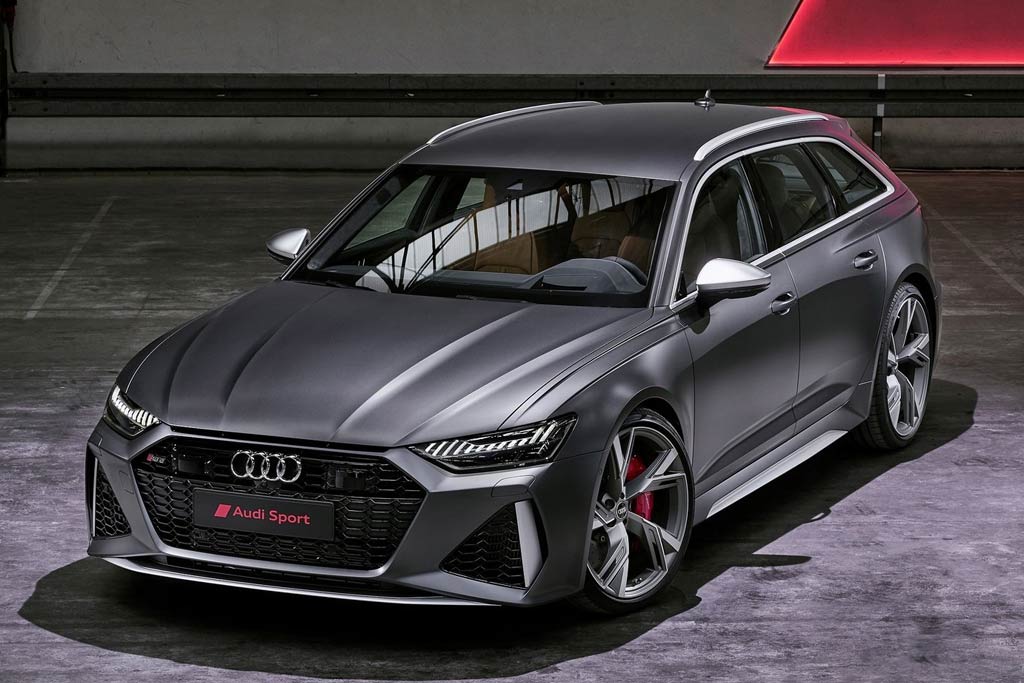
Honda Integra - the return of a legend
Honda Integra can certainly be included among the cult cars from Japan. The last copies of the sports coupe rolled off the production line in 2006. A few months ago, Integra went back to offering Honda. Only holders of… motorcycle licenses can enjoy it!
True, by the fairings it can be assumed that we are dealing with a large scooter, but from a technical point of view Honda NC700D Integra is a specially closed motorcycle. The presented two-wheeled motorcycle is related to the off-road Honda NC700X and naked NC700S. How could a relatively small step be designed? The fuel tank has been moved under the seat, the power unit has been tilted at a 62˚ angle, and its mounts have been optimized to take up as little space as possible.
In the front styling of the Integra, we can find many references to the sport-touring Honda VFR1200. The back line is much softer. It is all the more difficult to believe that Integra in running order weighs 238 kilograms. Due to the low center of gravity, no significant weight is felt while driving. Weight reminds of itself when maneuvering. Particularly short people who may have trouble supporting the car stable due to the high seating position.
Two cylinders of 670 cc cm were connected to the Honda Integra drive. Japanese engineers squeezed out 51 hp. at 6250 rpm and 62 Nm at 4750 rpm. Early available power and torque peaks cause the Integra to respond spontaneously to loosening of the lever, even at low revs. Acceleration to "hundreds" takes less than 6 seconds, and the maximum speed exceeds 160 km / h. This is enough for a potential buyer of Integra. Honda research shows that 90% of riders who use mid-size motorcycles for daily commuting do not exceed 140 km/h and the engine speed is not more than 6000 rpm. So much for theory. In practice, the Integra grabs surprisingly well from the spot. Even sports two-wheelers standing in the lane next to the driver can be surprised. The good dynamics of the Integra is achieved not at the expense of exorbitant fuel consumption. With active driving in the combined cycle, the Integra burns approximately 4,5 l / 100 km.
Another advantage of the engine is the noise that accompanies its operation. Two "drums" sound very intriguing. So much so that we wondered for a long time whether the tested Integra had accidentally left the factory with a V2 powertrain. Of course, the clanging of the engine is not an accident, but a consequence of the displacement of the crankshaft journals by 270˚. The presence of a balance shaft made it possible to reduce engine vibration.
Engine speed and RPM information can be read from the LCD panel. Honda did not equip the Integra with a classic on-board computer that could provide information about average speed, travel time, or fuel consumption. I agree, it's not necessary. But who among us does not like to know more than enough?
The Integra is only offered with a 6-speed transmission with the ambiguous name Dual Clutch Transmission. Dual clutch transmission on a motorcycle?! Until recently, this was unthinkable. Honda decided to save riders once and for all the need to mix clutch and gears, which is a lot of fun on the road, but becomes annoying after a few kilometers of driving through city traffic.
Have you ever had to go to great lengths to design a complex electro-hydraulic mechanism when scooters have been fine with CVTs for years? We are more than confident that anyone who has ever tried a Honda DCT will never imagine going back to a CVT.
We start the Integra like a normal motorcycle. Instead of reaching for the clutch handle (the brake lever has taken its place) and driving in first gear, press the D button. Jerk. DCT has just entered "one". Unlike car transmissions, motorcycle dual-clutch transmissions don't start transferring torque when you take your foot off the brake pedal. The process starts after the gas is turned on. 2500 rpm and ... we are already on the "second number". The gearbox aims to make the most of the smoothed torque curve. At the same time, the control algorithm analyzes and "learns" the driver's reactions. There was also a traditional kick-down feature. The DCT transmission can downshift up to three gears when required to provide maximum acceleration. Gear shifts are smooth and fluid, and the box has no problem adjusting the gear ratio to the situation.
The default mode is automatic "D". In the sporty "S" electronics keep the engine running at higher speeds. The gears can also be controlled manually. To do this, use the buttons on the left throttle. Their intuitive placement (thumb down, index upshift) means we don't have to think about what to press to make the bike respond the way we want it to. Electronic algorithms provide for the possibility of manual gear selection, even when the gearbox is in automatic mode. This is great for overtaking, for example. We can shrink and effectively overtake a slower vehicle at the optimum time. Some time after the end of the maneuver, the DCT automatically switches to automatic mode.
The upright driving position and high seat height (795 mm) make it easier to see the road. On the other hand, the neutral driving position, the voluminous fairings and the large-area windshield ensure a comfortable journey even on long journeys. Without exaggeration, Integra can be considered an alternative to a tourist motorcycle. Even the need to constantly look for a station does not complicate the journey - Integra easily overcomes more than 300 kilometers on one body of water.
Fans of long trips will have to pay extra for trunks - the central one has a capacity of 40 liters, and the side ones - 29 liters. The main compartment is under the sofa. It has a capacity of 15 liters, but its shape does not allow the built-in helmet to be hidden. Another cache - for a phone or keys, can be found at the height of the left knee. It is worth adding that there is a lever that controls ... the parking brake!
The Integra's suspension is tuned quite softly, thanks to which the bumps are damped very effectively. The bike is also stable and precise in handling – the low center of gravity pays off. Properly balanced Integra allows you to significantly increase the pace of driving. Within reason, of course. Neither the characteristics of the chassis nor the type of serial tires predispose the vehicle to extreme driving.
Honda integra this is not a typical motorcycle. The model has occupied a niche in the market that exists between maxi scooters and city bikes. Should I buy an Integra? This is undoubtedly an interesting proposal for people who are not afraid of original solutions. Honda Integra combines the advantages of a maxi scooter with the capabilities of a city bike. Good performance and effective wind protection make the bike suitable for long journeys. Not everyone will be delighted with the extensive steering wheel cover - you need to sit as far back as possible so as not to touch it with your knees. Legroom is average. In everyday use, the meager number and capacity of storage compartments can be most annoying.
The Integra comes standard with a DCT transmission and C-ABS, i.e. a dual braking system for the front and rear wheels with an anti-lock system. The current promotion allows you to buy a Honda Integra with a central trunk for 36,2 thousand. zloty.

